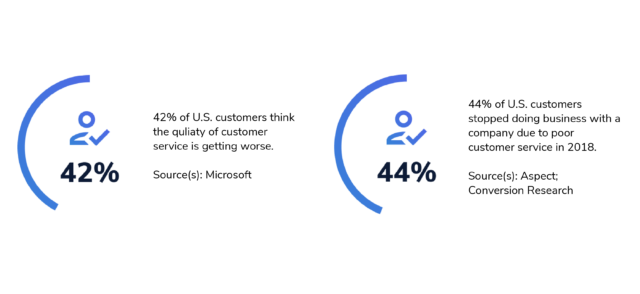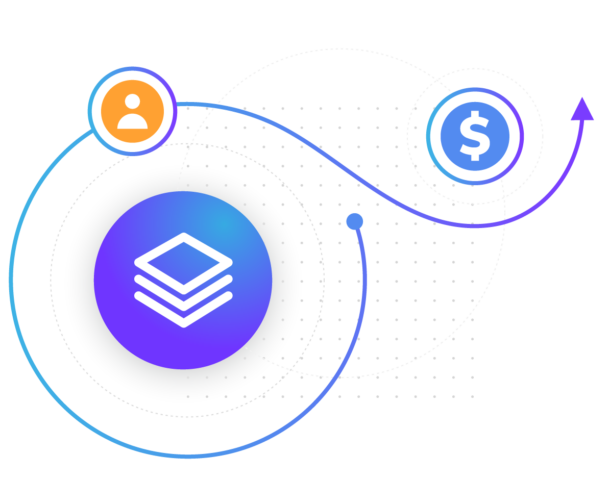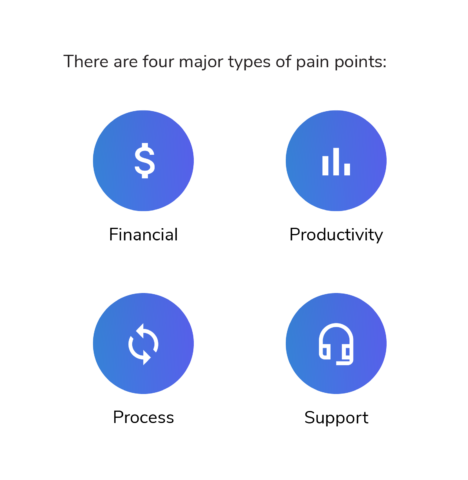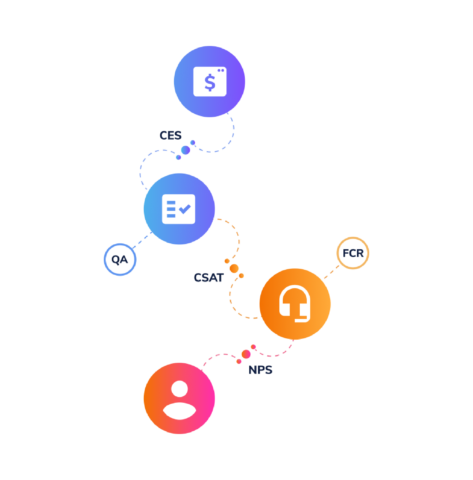Table of Contents
Due to highly competitive industries and a wealth of information at their fingertips, customers are increasingly more aware and do not hesitate to switch brands after a single poor experience.
Your customer service team needs to understand your brand’s consumer journey in order to retain customers and maintain your competitive edge. Mapping your customer journey is a way of gathering data that illustrates customer expectations, buyer goals and emotions, interactions at different times across various channels, and hidden pain points.

What is Customer Journey Mapping?
A customer journey map is a roadmap for your entire organization that tells the story of customer motivations, experiences, and interactions with your company. This is usually accomplished through an infographic that includes both major and minor touchpoints across the customer-brand relationship.
Custom journey maps uncover strategies for creating more connected and personal customer experiences that encourage consumer success and engagement.


Why is Customer Journey Mapping Important?
Customer journey maps give your business an opportunity to better identify inconsistencies between touchpoints in the customer experience.
For instance, there might be competing deliverables or gaps in communication across social media platforms, customer devices, or departments. These gaps inhibit effective customer service and frustrate customers.
Customer journey mapping is a valuable diagnostic activity for any business that wishes to improve quality standards and increase customer retention.
Above all, a customer journey map strives to capture contact center data and use it to improve genuine customer engagements across all channels of communication.
Use Customer Journey Data To Identify Customer Experience Deficiencies
Many factors can contribute to a decrease in customer retention. For example, if a prospective customer is on your website and can’t find the information they need, they are likely to seek help via chat, email, or phone. Each channel is more expensive than the last in terms of agent cost.
Real-time dashboards and historical customer journey data can point out trends in how your users are communicating with you between channels. In the past, you may have used the traditional Call Transfer Analysis or First Call / Contact Resolution reports to uncover training inadequacies or agent needs.
The map uncovers specific problem areas in your customer journey and helps you identify how to better help consumers connect to your brand.

Use Contextual Data to Improve Customer Interactions
Increase Personalization
In a mobile world where likes, views, and shares often determine validity and drive the latest trend, the human connection is often forgotten. Genuine customer engagement hinges on personalization and creating a relationship from which both the customer and business can benefit.
How to Get the Next-Best-Action Right for Your Customers
Use contextual data to compare customer engagement over time and uncover trends that will allow you to predict next-best-actions. This information will give you more opportunities to meet your customers at the right time in the buying journey and be proactive in avoiding customer frustrations.
How To Create a Customer Journey Map
Customer journey maps are not one size fits all, however, there are fundamental components to consider evaluating, such as:




1. Understanding Buyer Personas
Your buyer personas are a fictional but data-driven profile of your ideal or actual customers.
Personas give you an understanding of your customer needs/wants and help you understand their purchasing behavior. In order to accurately map your customer journey, you need to understand your target audience, their emotions, touchpoints and communication channels.
Personas and customer journey maps help you understand your business from the customer’s point of view. Prospects at different buying stages will behave and interact in different ways, like the one’s outlined here.


2. Establishing Buyer Goals and Understanding Emotions
After determining your buyer personas, buyer goals can help you understand what each of them hopes to achieve as they go through the customer journey. You should do this by thinking through your customer’s ultimate goals in each phase of their buyer journey.
Examples can include:
- Researching different options
- Ensuring they are paying a fair price or seeking reassurance.
A customer’s goals also may change throughout the buyer journey so it is essential to identify the different paths your users may take on your site.
3. Customer Touchpoints, Timelines, and Communication Channels
A “touchpoint” refers to any time a customer comes into contact with your brand – before, during, or after they purchase something from you. Touchpoints can stretch between your website, your social media, events, sales teams, and various other channels. Tracking communication across channels helps you meet your customers where they are at the appropriate time.
Recognizing all potential touchpoints that occur between your customers and your organization opens the door to more opportunities for improving critical customer pain points. Utilizing reporting tools such as omnichannel reporting, can bridge your digital and physical channels to better recognize customers, collect data, and fully understand the customer journey.


4. Understanding Customer Pain Points
A pain point is a specific problem that prospective customers of your business are experiencing.
These pain points can relate to issues customers are facing during the buying process including lengthy hold times, channel disruptions, limited agent knowledge, etc.
Identifying these breaks in communication and customer frustrations can lead to improvements in the effectiveness of your internal processes overall.
Applying Customer Journey Maps
There is no one-size-fits-all approach to creating a customer journey map, but your customer-brand connection needs to be clear in order to effectively boost your bottom line.
Net Promoter Scores collected through a properly executed customer journey map can give you clear insight into how to strengthen connections with your customers.
By continually collecting information and data about your buyer personas and their pain points, you can craft a business strategy aimed at increasing ROI and conversions. Once you begin applying your customer journey map you will improve customer experiences, drive organizational change and push innovation throughout your business processes. Your customers will be better connected, more loyal, eager to engage, and more likely to recommend your brand to their referral networks.

Need a Customer Journey Partner?
Aceyus provides contact center reporting and analytics solutions designed to unify your omnichannel data in one highly customizable dashboard. As companies embrace new forms of digital communication, Aceyus is at the center, keeping the focus on the customer experience with a goal of increasing satisfaction, employee engagement, and bottom-line profitability.